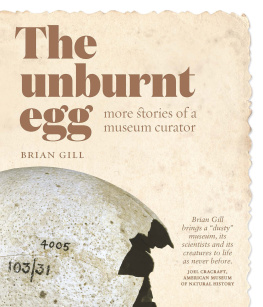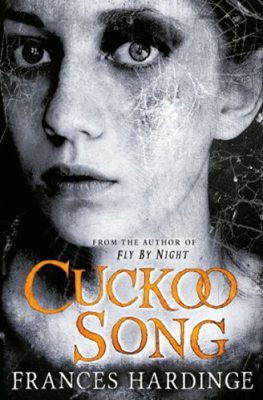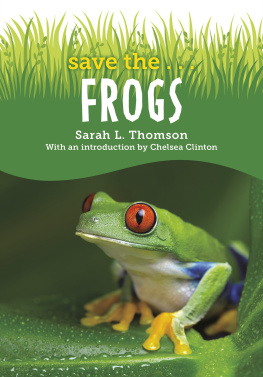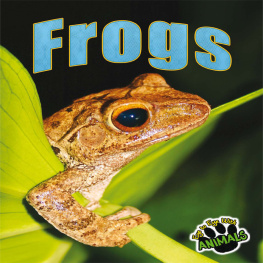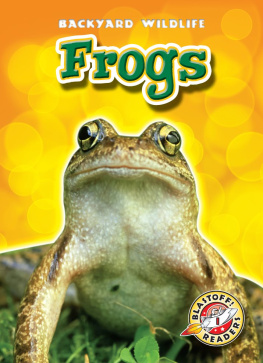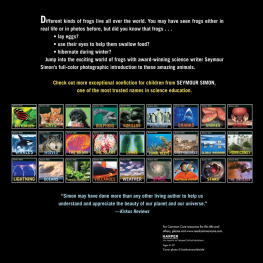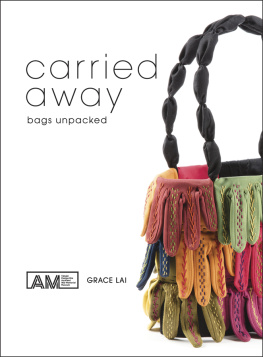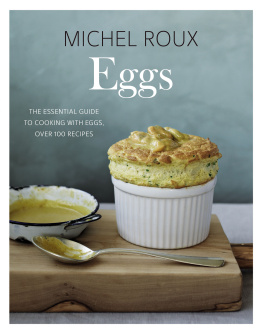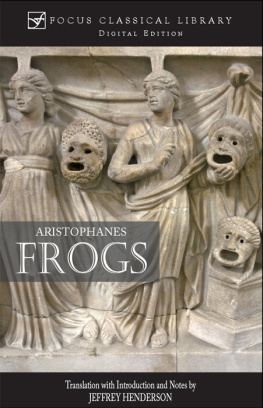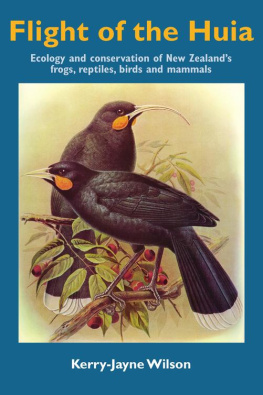
THE UNBURNT EGG
ABOUT THE AUTHOR
Brian Gill was curator of birds and other land
vertebrates at Auckland War Memorial Museum for
over thirty years. He is the author and co-author of
many acclaimed books on natural history and has
written for New Zealand Geographic and Forest and
Bird. He studied zoology at Massey and Canterbury
Universities in New Zealand and held a research
fellowship at the University of Queensland in
Brisbane, Australia.
ALSO BY BRIAN GILL
The Owl that Fell from the Sky:
Stories of a museum curator
Checklist of the Birds of New Zealand, Norfolk and
Macquarie Islands, and the Ross Dependency, Antarctica
with Ornithological Society Checklist Committee
The Kiwi and Other Flightless Birds
New Zealand's Unique Birds
with photographs by Geoff Moon
New Zealand Frogs and Reptiles
with Tony Whitaker
New Zealand's Extinct Birds
with paintings by Paul Martinson
Collins Handguide to the Frogs and
Reptiles of New Zealand

First edition published in 2016 by Awa Press, Unit 1, Level 3, 11 Vivian Street, Wellington 6011, New Zealand.
ISBN 978-1-927249-29-1
Ebook formats
Epub 978-1-927249-30-7
Mobi 978-1-927249-31-4
Copyright Brian Gill 2016
The right of Brian Gill to be identified as the author of this work in terms of Section 96 of the Copyright Act 1994 is hereby asserted.
This book is sold subject to the condition that it shall not, by way of trade or otherwise, be lent, resold, hired out or otherwise circulated without the publisher's prior consent in any form of binding or cover other than that in which it is published and without a similar condition including this condition being imposed on the subsequent purchaser.
A catalogue record for this book is available from the National Library of New Zealand.
International readers may notice that Mori nouns in this book are not pluralised. As there is no s in the Mori language, this is now considered correct linguistic practice.
Cover image: The more damaged of the two moa eggs from Tokerau Beach. Auckland Museum LB4005; photograph by Jason Froggatt.
Inside cover: Plate from New species of nudibranchiate Mollusca from Auckland waters by A.W.B. Powell: in Records of the Auckland Institute and Museum 2(2), 1937.
Design by pietabrenton.com
Typesetting by Tina Delceg
Ebook conversion 2018 by meBooks
To find out more about Awa Press books and authors, visit
awapress.com
Published with the support of

Contents
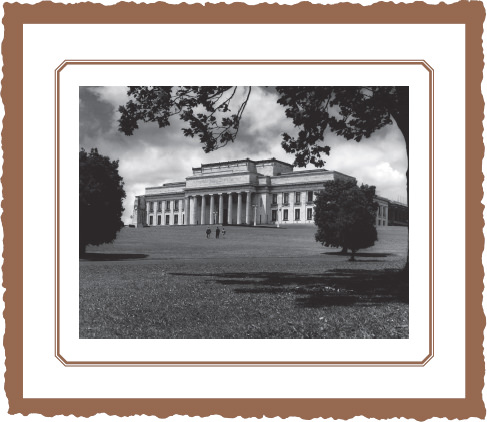
From the sea, Aucklandloneliest, loveliest and lastlooks like the background of an Italian painting.
A hundred little green conical hills are dotted in the middle distance against a background of mountains.... On one of the highest of the little hills above the town stands a noble building in the Greek style, a modern Parthenon, looking out across the bay ... a thing of beauty, white against the blue sky.
F.D. OMMANNEY
South Latitude (1938)
Nothing will ever replace the taxonomic knowledge and training that museums provide; funding in this area should become a national priority. Otherwise, knowledge of this planet's biodiversity, and of all the potential benefits therein, will be lost.
A.V. SUAREZ & N.D. TSUTSUI
BioScience 54 (2004)

The stridulations were deafening from the massed cicadas in the trees. I was sweating uncomfortably in my borrowed suit and tie, struggling uphill in the early autumn humidity through the urban bush of the Auckland Domain. I was an outsiderup from south of the Bombay Hills. On the tourist map the museum looked quite close to Queen Street, but the map failed to show the deep gully that intervened. I was lost. A council gardener, removing weeds from the edge of a bush track, pointed me further uphill. Then there came open ground, and I saw it in the distance at the top of the rise: a large magnificent stone building gleaming white in the sunlight and fronted by monumental columns. A palace or temple? A fortress? A prison? I didn't know it then, but to me it was to become all those things for thirty years.
The job interview was in the director's dimly lit workroom. The director, another staff member and two of the museum's governing council sat opposite me across the large work table. They seemed pleased that I had some experience of research on frogs and lizards as well as birds, as the position was to cover curatorship of all the land vertebrates. One of the councillors asked me what I would say to a farmer who rang to complain about magpies. This threw me a bit as I rather like magpies and wish them no harm, but whatever I said must have been satisfactory. A big and a small thing followed: I got the job andthe deception useful when I had needed it mostI almost never wore a suit and tie again.
Three decades in the job amounted to a brilliant vocation. It was a privilegeand a challengeto be responsible for managing a public collection of 20,000 natural history specimens. Since the collection had built up during more than a century, it included items of intense historical interest as well as scientific importance. I had precious opportunities to conduct research in my fields of interest, especially on the life history of New Zealand cuckoos and songbirds and on the palaeontology of extinct New Zealand birds. I was able to publish my work and was often supported by the museum to attend scientific conferences to present results and hear of the work of others.
Focussing on the needs of the public was satisfying and enjoyable. It included contributing to exhibitions and public events, answering endless public enquiries, and providing access to specimens in the land vertebrates collection for visiting postgraduate students, professional researchers and artists. It was a varied job, and a pleasure to have such a varied group of colleaguesmarine biologists, botanists, entomologists, historians, archaeologists and ethnologists, librarians, display artists, security staff, teachers and volunteers, all working under one roof. Then there was the stunning museum building as my place of work and its glorious hilltop location in the midst of a beautiful park.
Biology had thoroughly gripped me at Massey University in the 1970s when I did a degree in zoology. The huge grey science blocks, designed and built by the Ministry of Works, were monumental. There was awe in the number and size of the laboratories stocked with fascinating and futuristic equipment. The dozens of white-coated science lecturers were so knowledgeable in their specialised fields. There was a sense that this was part of the cutting edge where new knowledge was being ferreted out for a greater glory. There was probing and dissection, and the detached, analytical scientific approach. Despite thisand also because of itthe wonder shone through of life's incredible mechanisms and processes, and of living things themselves in all their complex adaptations and riotous diversity.
Next page
